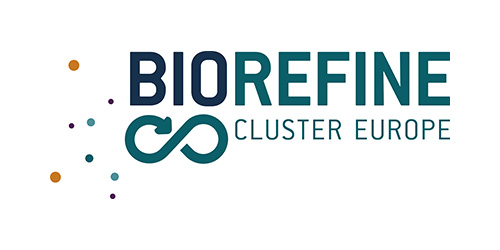3. Crop farmer using a variety of manure and dairy processing residues to recycle and build soil C, N, P fertility
RL2: Innovative soil, fertilisation & crop management systems & practices for enhanced N, P efficiency and increased soil OC content
Responsible partner: Teagasc
Country: Dublin, IRELAND
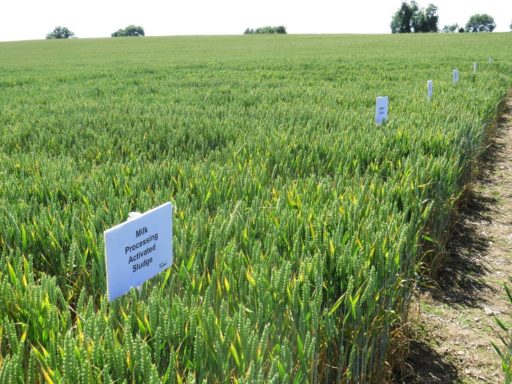
TRL and Scale of set up:
This demo is considered to be at TRL 6 and has been set up at field plots at farmland and mimicking farmers’ practice of crop production (e.g. silage production, rotational crops). The field trials are performed in two land management systems – 1) grassland and 2) arable farmland using – i) dairy food processing sludge from dairy industry, ii) struvite (phosphate mineral) from sewage and potato wastewater processing, iii) P rich ash from sewage sludge, iv) poultry/broiler manure, v) cattle slurry (commonly used organic fertiliser), and vi) commercial chemical fertilisers.
Research line and priority:
This demo solution is linked to Nutri2Cycle research line 2 (RL-2: Innovative soil, fertilisation & crop management systems & practices for enhanced N, P efficiency and increased soil OC content) and is one of the shortlist priority solutions i.e. sub-research line 1 (Practices for increasing soil organic matter content).
Description of the demo:
The purpose of this demo trial is to assess agronomic benefits (build soil C, N, P fertility) of different bio-based recycling derived fertilisers at field-scale trial for increasing nutrient recovery and recycling from different agri-food processing waste resources and thus facilitating farmers’ understanding to use these options and to replace chemical. In particular, recycled derived P fertilizers has the potential to replace mineral P fertilizers in an effort to increase the sustainability of farm systems, close off P loops and reduce the amount of farm income spent on fertilizer. For the grassland trial seven bio-based products – 2 products from the dairy food processing industry based wastewater treated by-products – bio-chemically treated activated sludge and lime treated dissolved air floatation based sludge, 2 types of struvite (recovered phosphate mineral) – processed from sewage and potato wastewater effluent, 2 types of P rich ash – processed from sewage sludge and poultry litter, and cattle slurry is included for the P-FRV and balanced fertiliser efficiency assessment. For the arable land trial, five bio-based products – 2 dairy food processing industry based wastewater treated by-products, chicken litters (poultry and broiler manure) and cattle slurry is included in the balanced fertiliser efficiency assessment by engaging a crop farmer to use these materials and to research and demonstrate the opportunities for CNP loop closure into an arable crop rotation. The arable farm grows crops including maize, wheat, and oilseed rape.
How it addresses the Nutri2Cycle goals:
This demo solution is a field-scale agronomic trial and is designed to assess the P fertiliser value and crop yield performance of a number of recycling-derived fertiliser (RDF) candidates under two experimental set up – (i) P Mineral Fertilizer Equivalent (P MFE) plots and (ii) balanced fertilizer application plots. The footprint of this study is used to monitor longer-term effects of manure and/or bio-based product incorporation into the cropping system on CNP cycling. As a lighthouse demo, this case involves a farmer, his advisor, and the research element. To address the Nutri2Cycle goal, the agronomic performance, practicality, economics and soil health effects of using organic and nutrients recaptured via processing are evaluated and demonstrated to farmers during the course of the Nutri2Cycle project.
Infographic
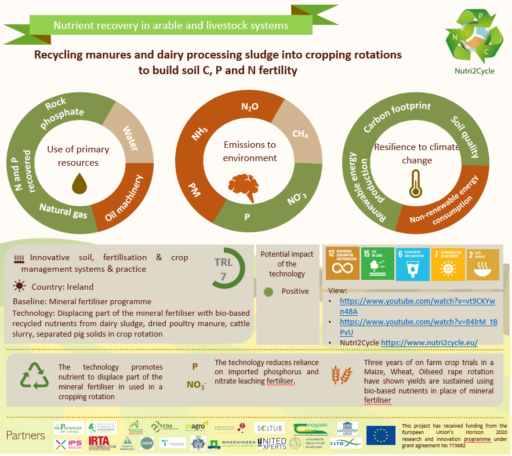
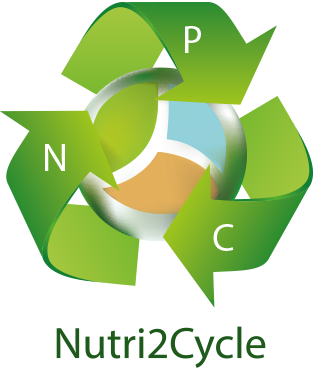
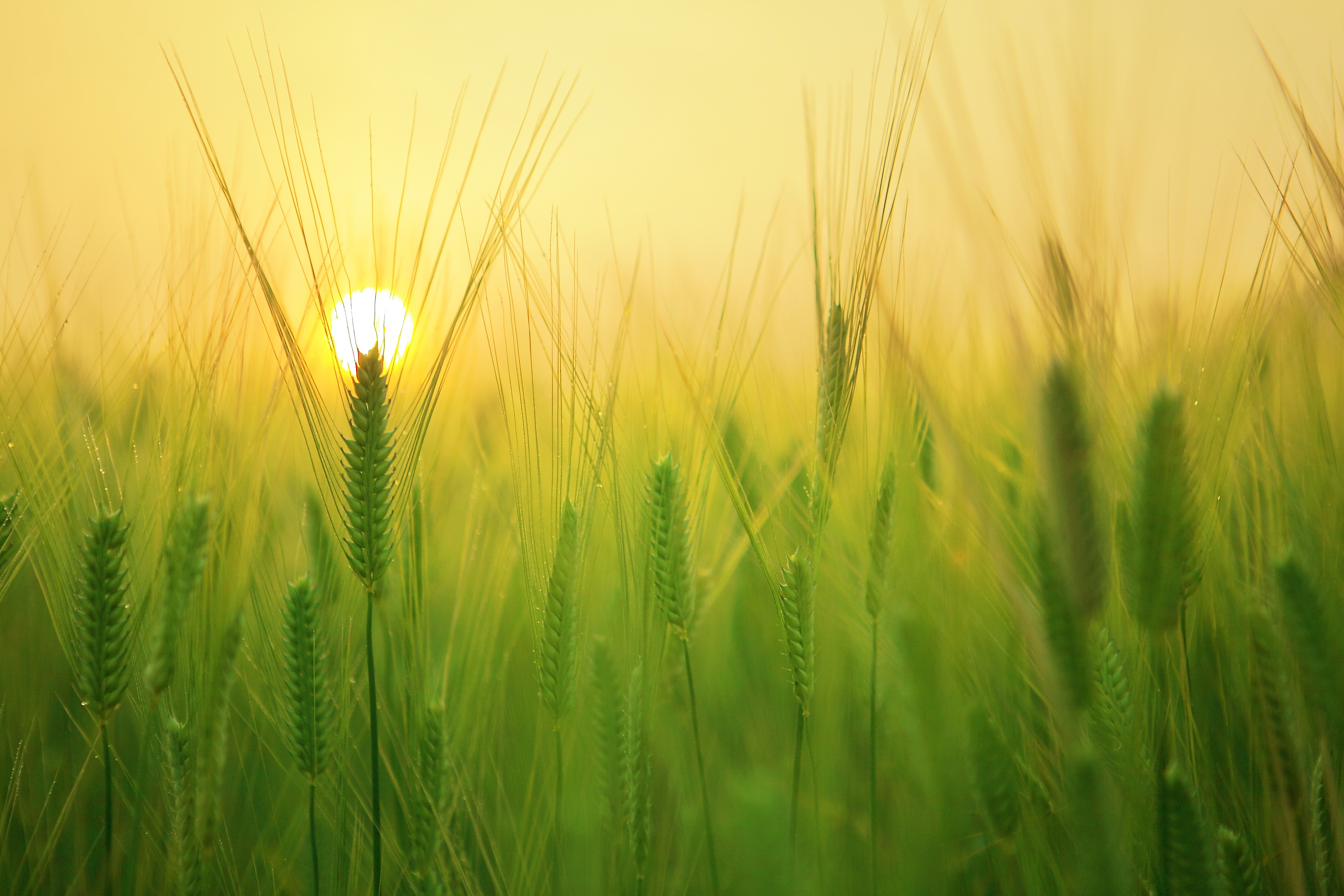
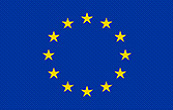 This project has received funding from the European Union’s Horizon 2020
This project has received funding from the European Union’s Horizon 2020